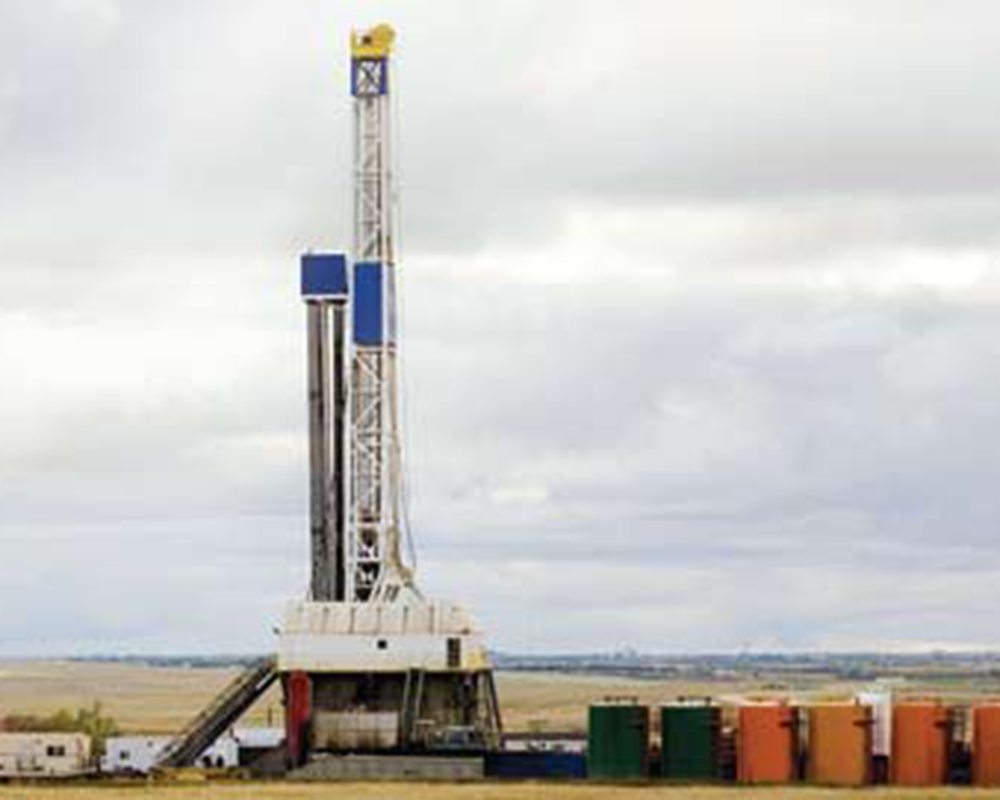
Our research shows that for the Marcellus Shale — by far the largest shale gas resource in the United States — significantly less wastewater is generated for every unit of natural gas recovered by hydraulic fracturing than by conventional gas production.
In the peer-reviewed journal Water Resources Research, we compared wastewater volumes generated by more than 2,000 hydraulically fractured shale gas wells to the wastewater generated by conventional wells. We used publicly available data throughout Pennsylvania.
Our results surprised us: On average, shale gas wells generated about 10 times more wastewater but also produced about 30 times more natural gas. This means conventional wells generate about three times more wastewater than hydraulically fractured wells to produce the same amount of natural gas.
Conventional gas resources — on which we have relied for more than 150 years — are drawn from highly porous geologic formations. They are like sponges through which gas can flow freely.
These pores also can harbor large volumes of water. In fact, more deep water — water that usually contains high concentrations of pollutants — is usually brought to the surface than natural gas.
Organically rich shale formations — the source of today’s natural gas revolution — are much less porous and harbor extremely small amounts of water. Most of the wastewater generated from shale gas development is hydraulic fracturing fluid returning to the surface.
While many chemicals are added to this fluid that can harm the environment and human health if not properly managed, they account for only a small fraction of the pollution in the wastewater. Most of the pollution is from materials picked up when the fluid contacts the shale. These subsurface pollutants can be more dangerous and difficult to manage than many of the chemicals added to fracking fluids.
A recent study published in the journal Applied Geochemistry found that most of the wastewater generated by hydraulic fracturing in the Marcellus region is similar in chemical composition to the wastewater from conventional gas wells.
A critical aspect of the wastewater story, however, is that the amount of gas that can be extracted from the Marcellus Shale is simply massive.
Before the shale gas revolution, conventional wells in the Marcellus region produced little more than 2 percent of U.S. natural gas. The Marcellus Shale alone now produces over 10 percent.
While shale wells produce less wastewater per unit of gas recovered, there is so much shale gas in this region that the total volume of natural gas-associated wastewater has grown by nearly 600 percent, and it continues to climb. Responsible management of this rapidly growing wastewater volume is a defining challenge facing the industry.
Shale gas presents a double-edged sword: It is more efficient in terms of the volume of water generated, yet because of the size of the gas resource, the quantity that must be handled and treated is immense.
This reality of gas and wastewater has turned our idea of regulation on its head. If the recent surge in domestic natural gas production were driven by conventional instead of shale gas resources, we potentially would have three times more wastewater to deal with. And if the amount of wastewater produced in the region becomes unacceptable, the logical regulatory approach may be to first limit conventional natural gas production.
This counterintuitive conclusion raises an important point. Critics have targeted hydraulic fracturing, but many of the same environmental challenges presented by the shale gas revolution would exist if we were facing a comparable expansion of conventional gas production. So we must broaden the conversation, acknowledging the reality that any effort to substantially boost domestic energy production will have environmental costs.



